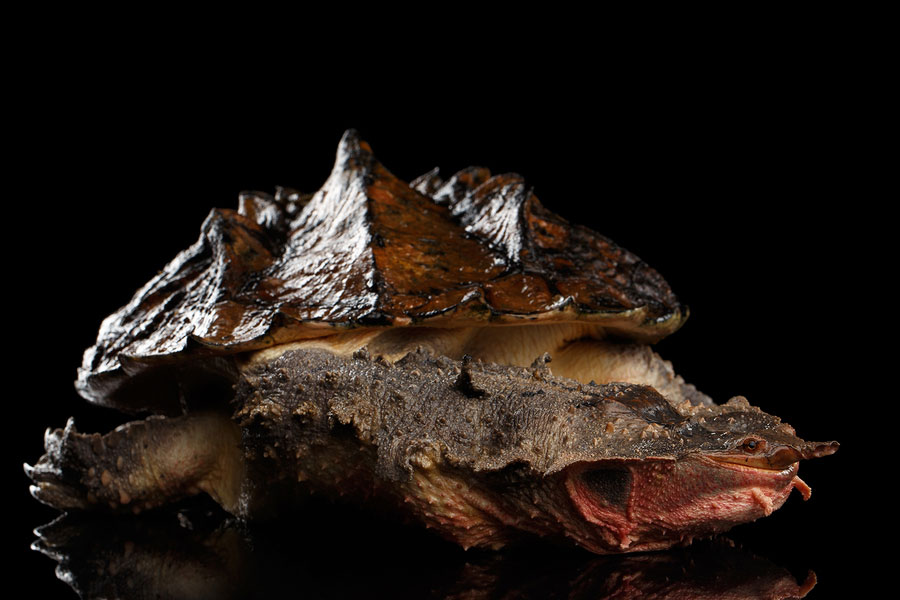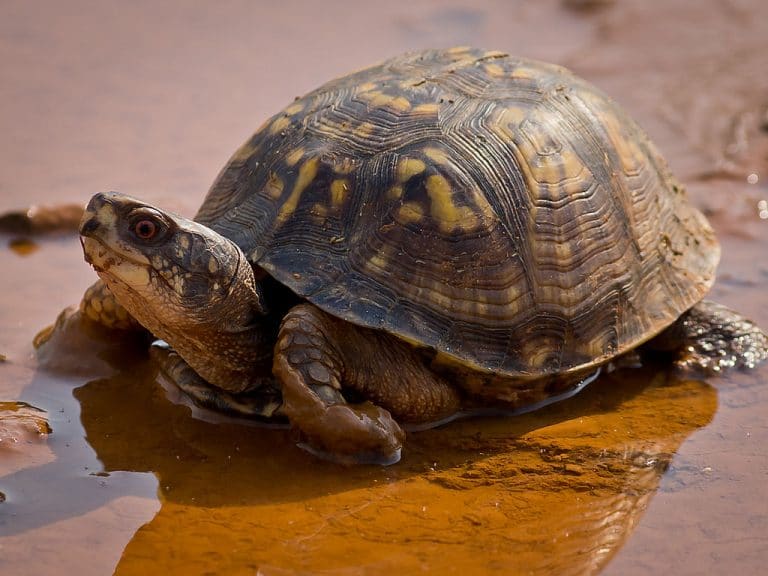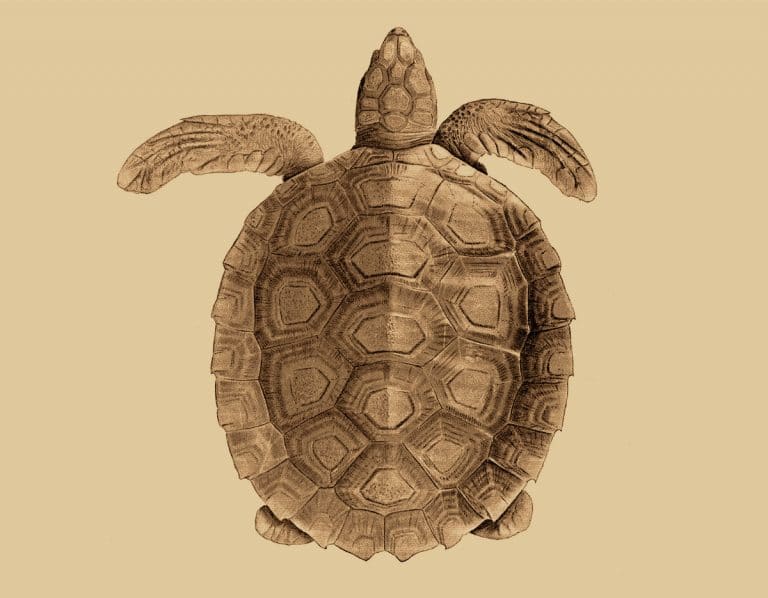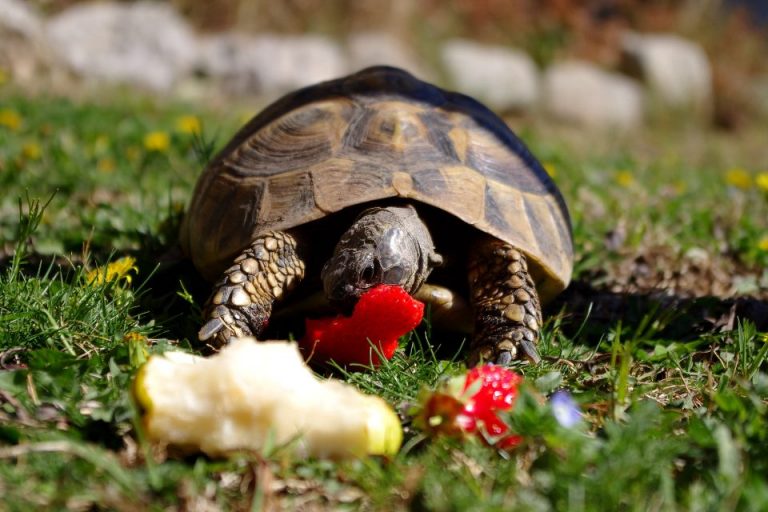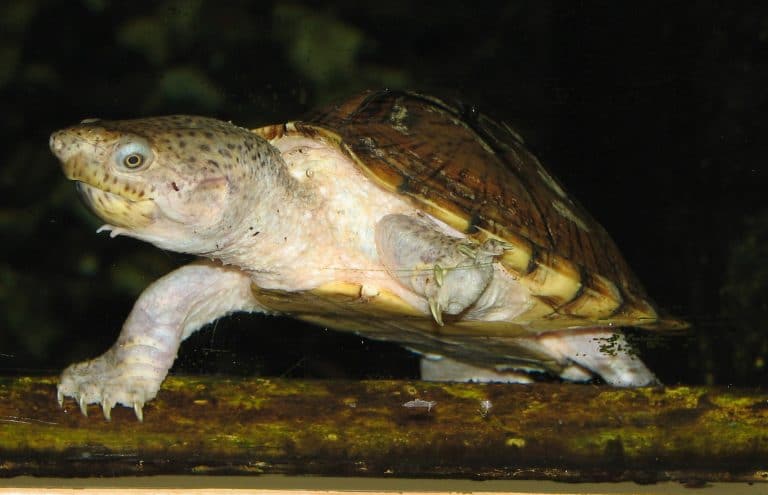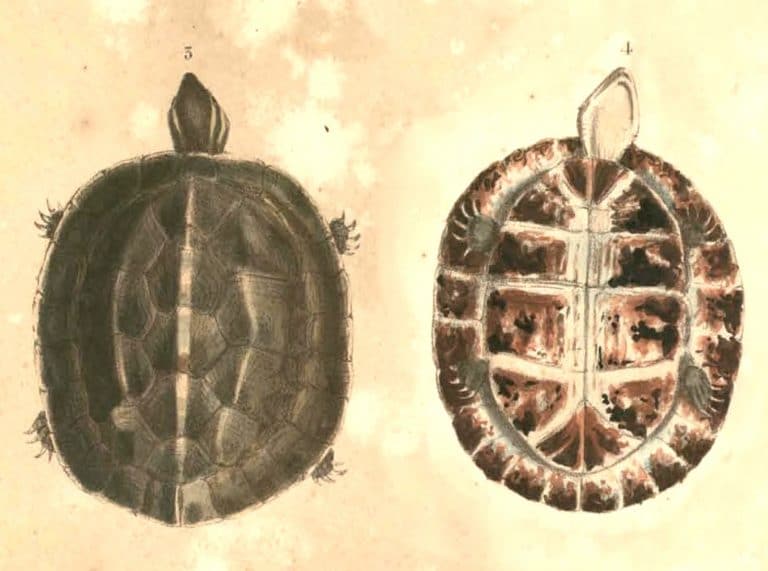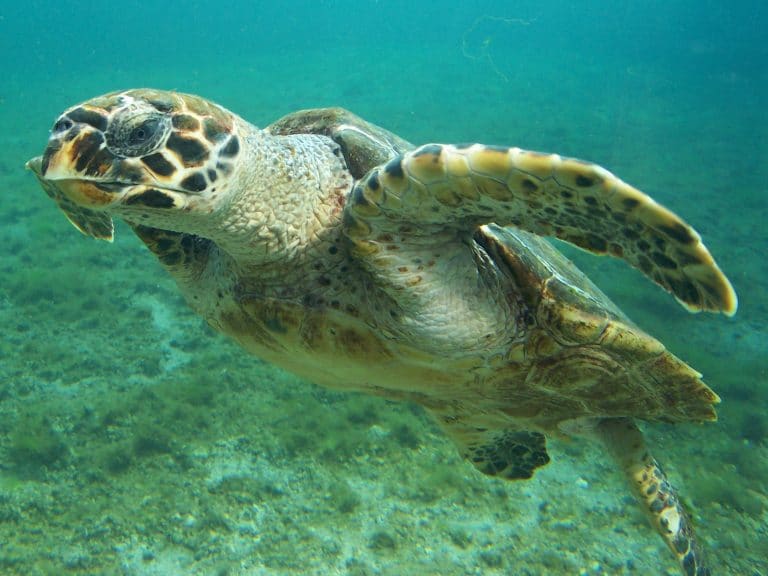Mata Mata – The Only Existing Species of the Genus Chelus
Scientific Classification
| Kingdom: | Animalia |
| Phylum: | Chordata |
| Class: | Reptilia |
| Order: | Testudines |
| Suborder: | Pleurodira |
| Family: | Chelidae |
| Subfamily: | Chelinae |
| Genus: | Chelus Dumeril |
| Species: | C. fimbriata |
| Binomial name: | Chelus fimbriata |
The species Chelus fimbriata commonly known as mata mata is a freshwater turtle. This represents the only existing species of the genus Chelus. You can see the metal Malta mainly in the Amazon and Orinoco basins of South America.
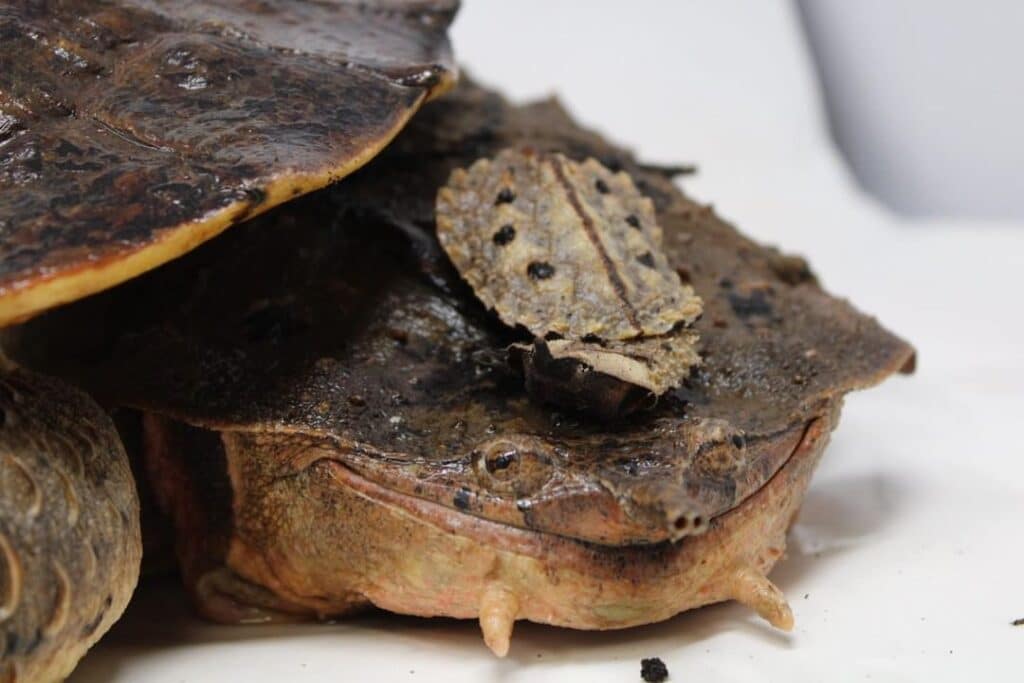
Anatomy
Mata Mata – The Only Existing Species of the Genus Chelus
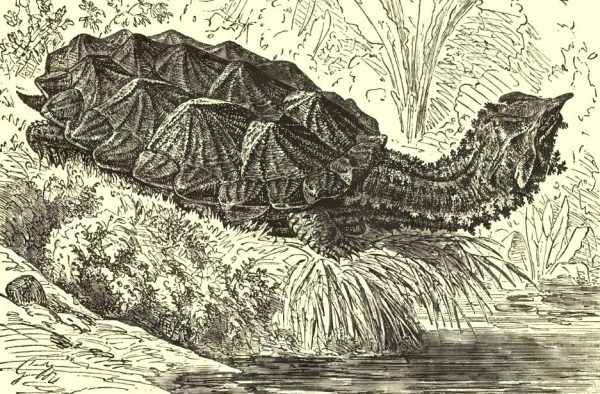
The full-grown mata mata turtle weighs 15kg (33lb) and has a life span of 40-75 years. These sedentary turtles are large. The head with many flaps of skin and tubercles is flat and triangular. The snout is tubular and manifests in a long form with a “horn”. A mature mata mata’s oblong carapace is either brown or black.
Habitat
Even though mata mata is purely aquatic, we can see them in shallow water with their snout reaching the surface to breathe. You can find them in backwater streams that move slowly, in swamps, marshes, and stagnant water and they extend into northern Bolivia, Peru, eastern Colombia, Ecuador, the Guiana, Venezuela, and central and northern Brazil.
Behavior
The mata mata’s shell appears like a piece of bark while the head bears a resemblance to fallen leaves. Even if it remains in the water, the skin flaps help them to camouflage into the nearby foliage until a fish approaches close.
As a Pet
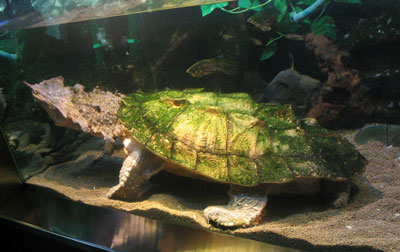
Housing
For growing them domestically, you must keep up pH in the range of 4 to 2 and the temperature around 76 to 83 degrees F. It can also withstand similar air temperatures. Aquariums are ideal for small to medium turtles of 4-10 inch sizes.
Use larger stock tanks or custom-made ponds with a carrying capacity of more than 100 gallons for larger turtles of about 18 inches in size.
Avoid rough surfaces in the enclosures.
Substrate
A sandy substrate can prevent abrasion to the turtle’s plastron. It also acts as an anchor for plants. Therefore, a mata mata enclosure should have a substrate with sand. Use driftwood and various types of sunken and floating plants for decoration.
Lighting and Temperature
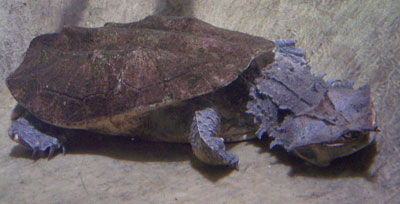
Malta Mata requires higher temperatures as we see them in a tropical environment. 80-90 degrees Fahrenheit water temperatures are also fine. For this, positioning a basking light about one foot above the basking spot will do. A 75-150 watt heat bulb will serve the purpose. For ultraviolet light, place one UVB emitting bulb along with the basking light. The basking area should range between mid to upper 90-degree temperatures.
Feeding
Mata mata turtles feed on live fish. These turtles are carnivores. They prefer platies, guppies, minnows, mollies, sunfish, and goldfish as food. Some turtles feed on night crawlers as well. Feeding on commercial food is not usual. Keep an enclosure stocked with 30-40 fish at a time so that the turtles can feed freely. It is difficult to find them to catch just one or two fish when they are hungry.
Breeding
Males attract females by stretching their limbs and lunging with their heads, and mouths open. Lateral flaps on the body also show movements. Nesting occurs in the upper Amazon. The nesting period is October – December. They deposit eggs in clutches of 12 to 28. Eggs are brittle and spherical in shape with 35mm diameter.
Handling
Start handling mata mata turtles only after you find them eating, and active, and do not show any signs of illness or bad health these are sure signs of their comfortable acclimatization to the new environment.
It is easier to maintain mata mata hatched in captivity. One must keep a note that small hatchlings should start eating and show signs of growth before we handle them.

Having discovered a fondness for insects while pursuing her degree in Biology, Randi Jones was quite bugged to know that people usually dismissed these little creatures as “creepy-crawlies”.

